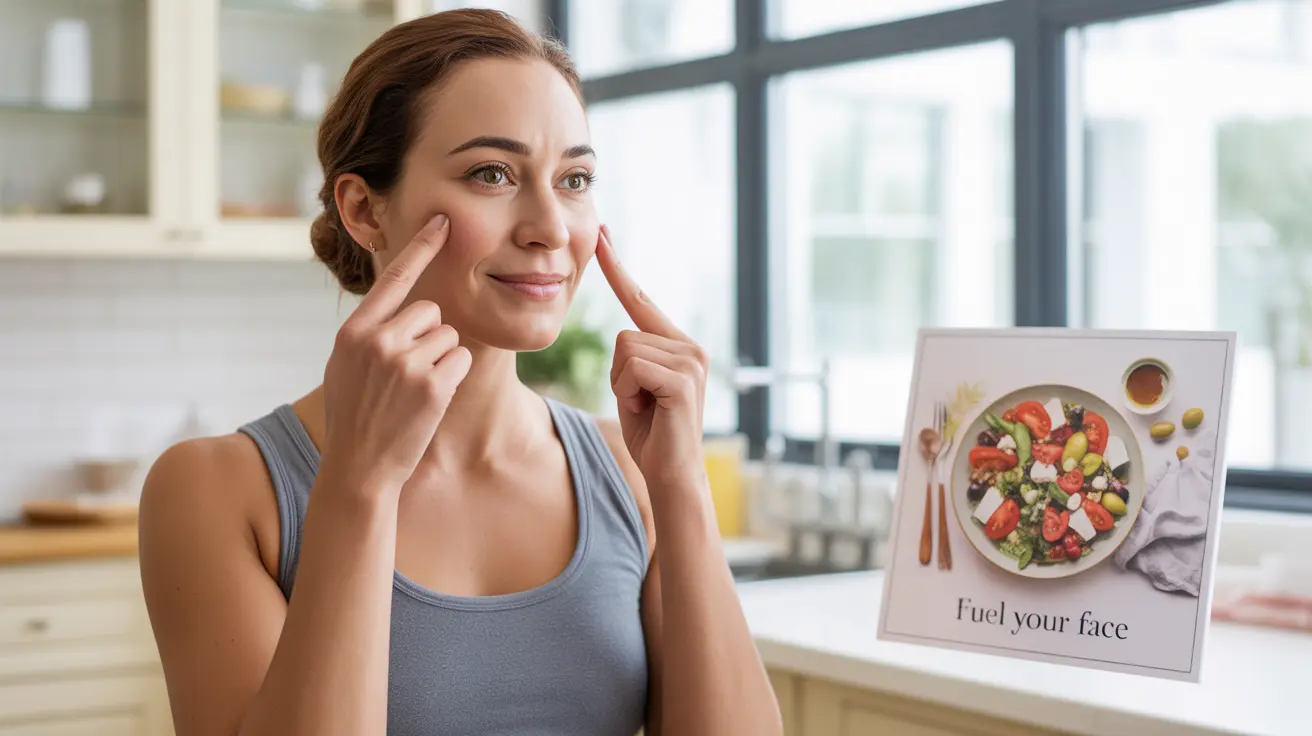Having excess facial fat can affect your confidence and appearance, but there are effective ways to achieve a slimmer, more defined face. Understanding the right combination of lifestyle changes, exercises, and dietary adjustments can help you reduce facial fat naturally and sustainably.
This comprehensive guide explores science-backed methods to lose face fat, from nutritional strategies to targeted exercises, helping you achieve your facial definition goals safely and effectively.
Understanding Facial Fat and Its Causes
Facial fat accumulation typically results from overall body weight gain, genetics, and lifestyle factors. Common contributors include:
- Excess calorie consumption
- High sodium intake
- Dehydration
- Alcohol consumption
- Poor sleep habits
- Hormonal changes
Diet and Nutrition Strategies
Balanced Calorie Intake
The most effective way to reduce facial fat starts with overall weight management through proper nutrition. Focus on creating a modest caloric deficit while maintaining essential nutrients:
- Choose whole, unprocessed foods
- Include lean proteins
- Incorporate plenty of vegetables
- Limit refined carbohydrates
- Monitor portion sizes
Hydration and Sodium Balance
Proper hydration plays a crucial role in reducing facial puffiness and maintaining healthy skin tone. Aim to:
- Drink 8-10 glasses of water daily
- Reduce sodium intake to under 2,300mg per day
- Limit processed foods
- Choose fresh ingredients over packaged options
Exercise Methods for Facial Definition
Cardiovascular Exercise
Regular cardio workouts contribute significantly to overall fat loss, including facial fat reduction. Incorporate these activities:
- Brisk walking (30 minutes daily)
- Running or jogging
- Swimming
- Cycling
- High-intensity interval training (HIIT)
Targeted Facial Exercises
While spot reduction isn't possible, certain facial exercises can help tone facial muscles and improve definition:
- Fish face exercise: Suck in cheeks and hold for 30 seconds
- Cheek puff rotations: Puff cheeks with air and move from side to side
- Tongue press: Push tongue against roof of mouth while smiling
- Jaw release exercises
Lifestyle Modifications
Sleep and Stress Management
Quality sleep and stress reduction can significantly impact facial bloating and overall health:
- Aim for 7-9 hours of sleep nightly
- Practice stress-reduction techniques
- Maintain consistent sleep schedule
- Elevate head while sleeping to reduce fluid retention
Alcohol and Salt Moderation
Reducing alcohol consumption and monitoring salt intake can help minimize facial bloating:
- Limit alcoholic beverages
- Read nutrition labels for hidden sodium
- Choose fresh foods over processed options
- Stay mindful of restaurant portion sizes
Frequently Asked Questions
How can I lose face fat naturally through diet and lifestyle changes?
Natural face fat reduction involves maintaining a balanced diet, staying properly hydrated, getting adequate sleep, and engaging in regular exercise. Focus on overall weight management through healthy eating habits and consistent physical activity.
Do facial exercises really help reduce fat and slim down the face?
While facial exercises alone cannot spot-reduce fat, they can help tone facial muscles and improve definition. Combined with proper diet and overall fitness, these exercises can contribute to a more sculpted appearance.
What role does cardio exercise play in reducing facial fat?
Cardiovascular exercise is essential for overall fat loss, including facial fat reduction. Regular cardio workouts help create a caloric deficit and improve circulation, contributing to a slimmer face appearance.
How does drinking water and limiting salt intake affect facial puffiness and fat?
Proper hydration helps reduce water retention and facial bloating, while limiting salt intake prevents excess fluid accumulation. Together, these practices can significantly reduce facial puffiness and create a more defined appearance.
Are surgical options like buccal fat removal a safe and effective way to get a slimmer face?
While buccal fat removal can be safe when performed by qualified professionals, it's an invasive procedure with potential risks. Natural methods should be exhausted first, and surgical options should only be considered after consultation with healthcare providers.




